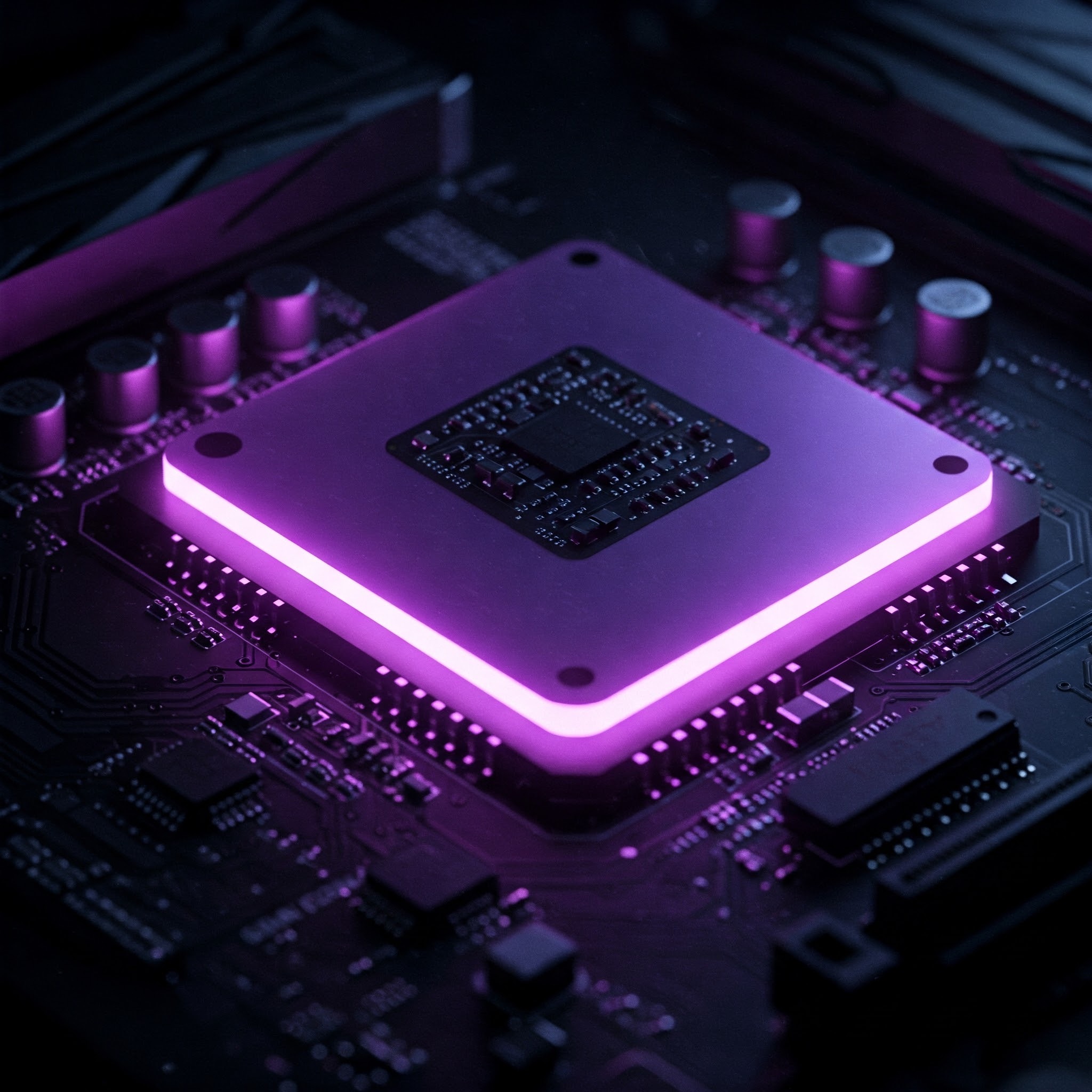the world is the computer
Zero Infrastructure refers not to a lack of infrastructure, but to the displacement of traditional datacenters by the abundance of idle computing power provided by billions of devices worldwide.
ZI Whitepaper
Zero Infrastructure refers not to a lack of infrastructure, but to the displacement of traditional datacenters by the abundance of idle computing power provided by billions of devices worldwide.
ZI Whitepaper
Infrastructure disappears when the network becomes intelligent.
Zero Infrastructure doesn't eliminate hardware — it makes computing abundant and accessible, just like the electricity it consumes — so your businesses can focus on business.
Geographically distributed computing platforms intelligently manage task delegation, scheduling, and security, turning workloads into results.
Task liquidity refers to the ability of computational jobs to flow to available resources, reducing the need for centralized infrastructure.
Efficient delegation of tasks to idle devices harnesses distant computational capacity. During off-peak hours devices earn while their owners sleep.
Environmental impact is minimized by spreading the load and eliminating concentrated heat generation.
Computational power scales up with user adoption, enabling breakthroughs in research and innovation.
Compute providers choose to compute or not to compute, earning at will, at market rates.
Computing After Hours
In the ZI model, devices become latent participants in a planetary-scale grid.
A student's laptop recharges on the dorm shelf while she sleeps, but its GPU processes market simulations for Wall Street. Corporate desktop computers sit unused by employees overnight, meanwhile the company contributes to molecular dynamics simulations in search of therapeutic treatments. An office building becomes a node in a distributed supercomputer... not during work hours, but in overtime.
This geographic and temporal work shifts the economic model of computation.
Zero Infrastructure Computing achieves 100% replacement of a company's traditional computing needs when the firm's computing needs are met entirely by idle computing power, drawn from the global inventory of computing devices. It's not about maximizing uptime, but about intelligently utilizing downtime.
The implications extend beyond mere efficiency. By moving intensive computational tasks into these regions of abundance, humanity dramatically reduces the negative environmental and economic impact of computing. Energy consumption shifts naturally to off-peak regions, in off-peak hours, and the distributed nature of the system eliminates the need for massive, power-consuming and heat-generating datacenters.
This isn't just a new way to compute — it's a fundamental upgrade, aligning the natural rhythms of human society and planetary systems.
We're building a world where computational power is as accessible as electricity, enabling breakthrough discoveries in medicine, climate science, and artificial intelligence.
Through Zero Infrastructure Computing, we're creating a future where access to supercomputing isn't limited by geography or resources, but is available to anyone with a browser.

Be part of the future of computing. Whether you're a researcher, enterprise, or individual contributor, there's a place for you in the Zero Infrastructure ecosystem.
Connect with us to learn how you can participate in this transformative technology.